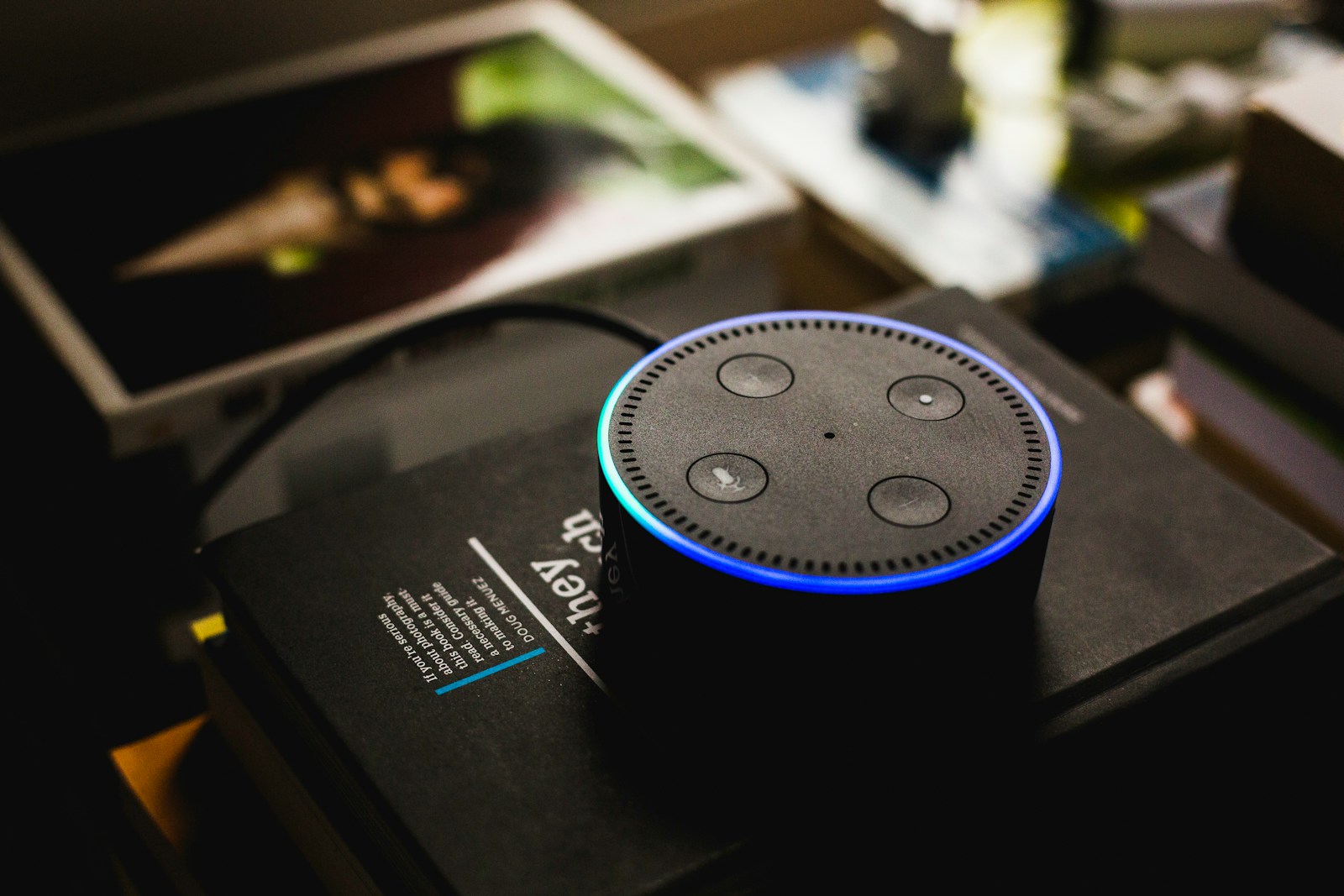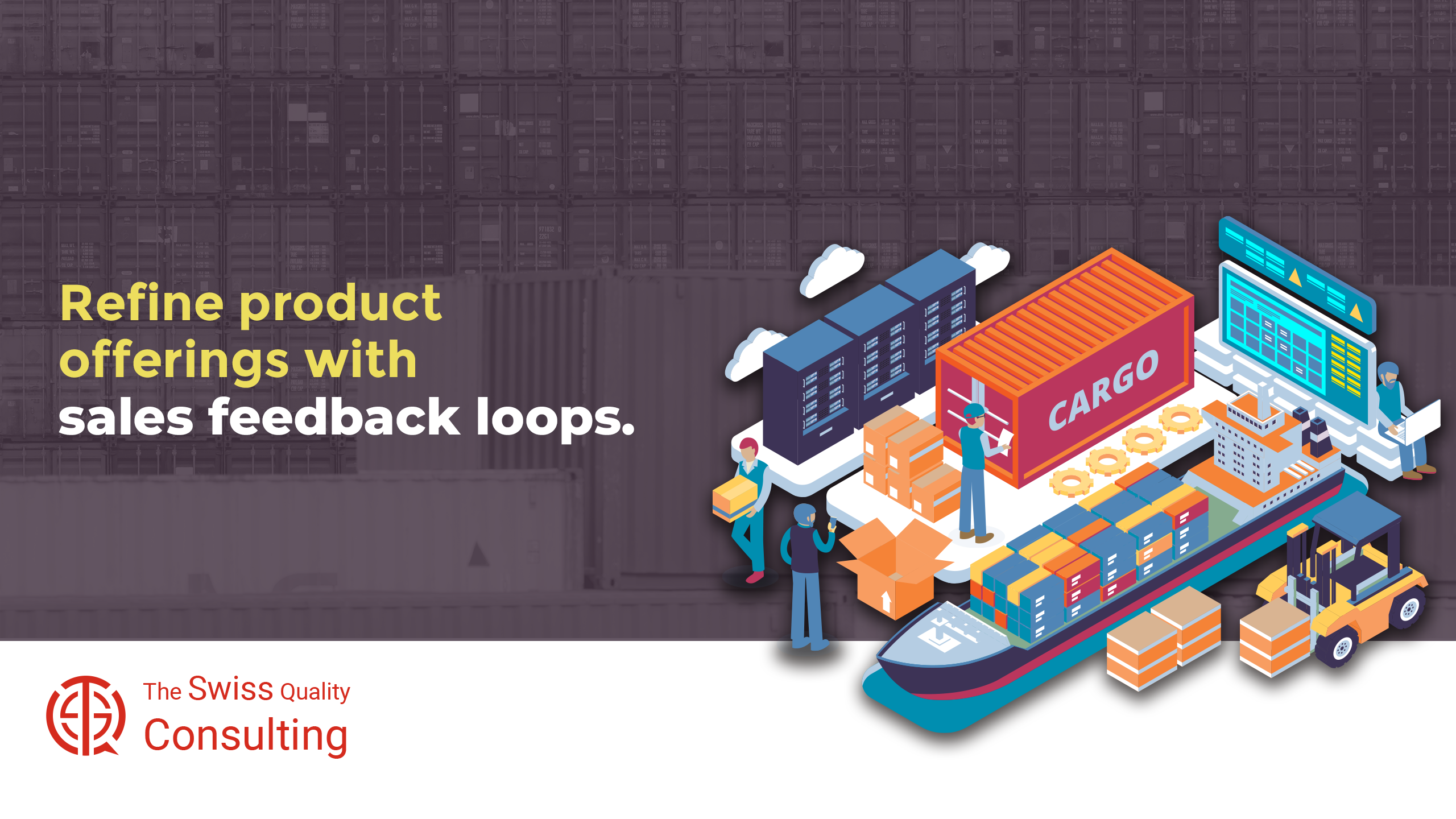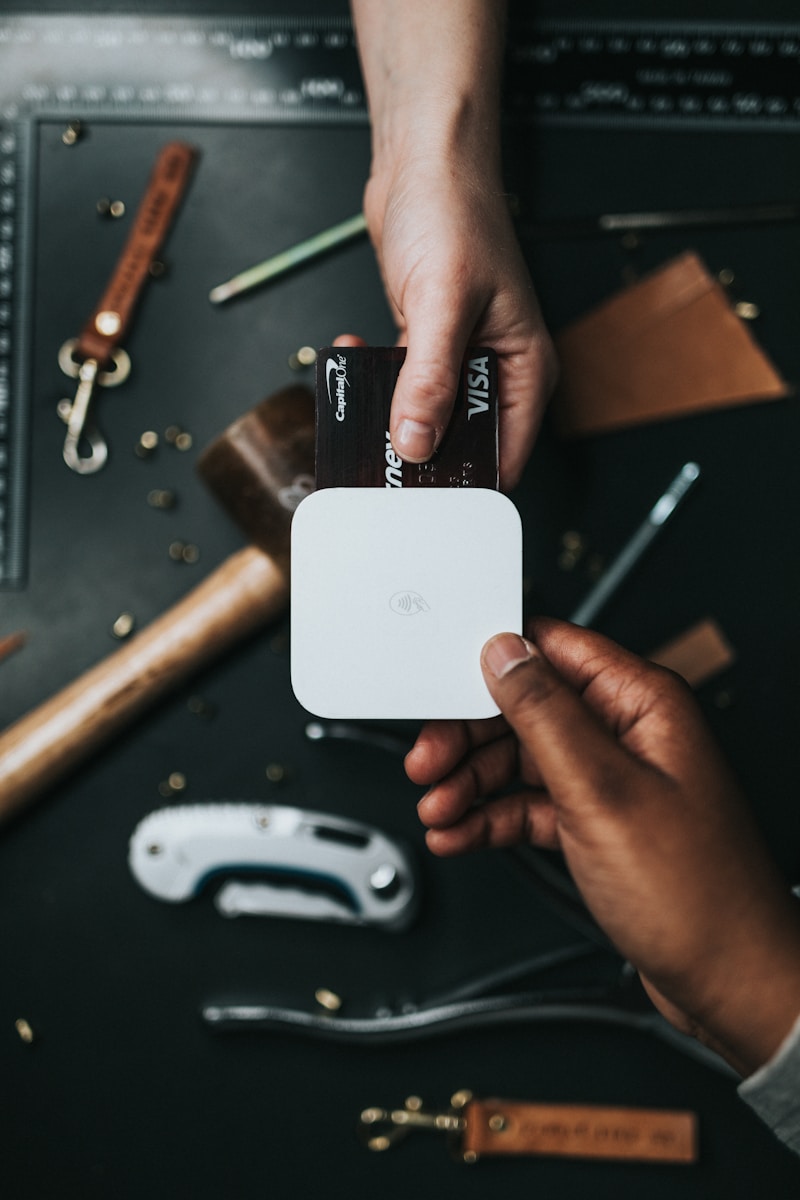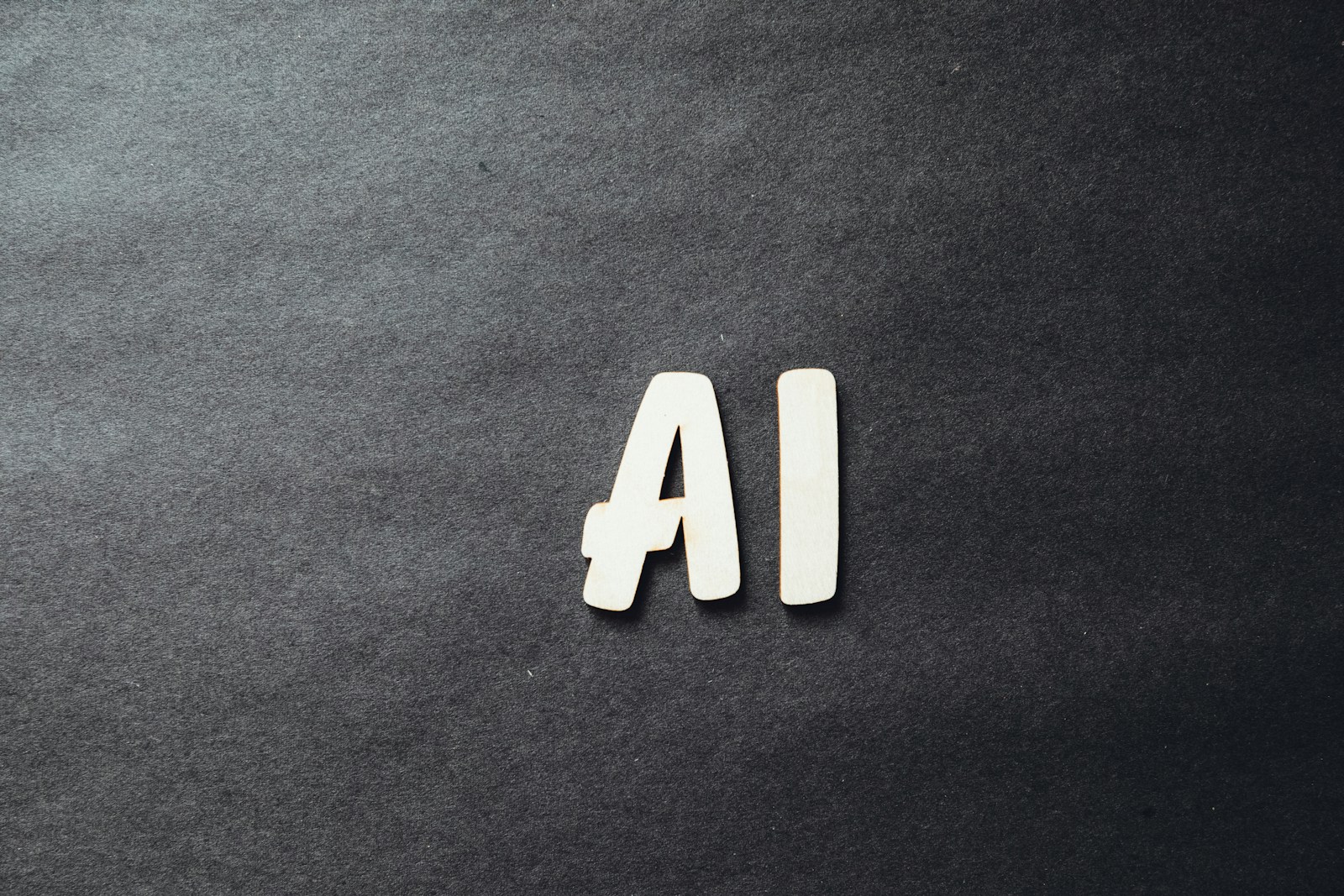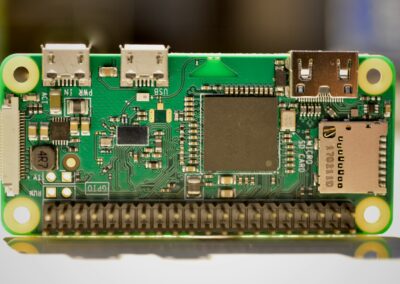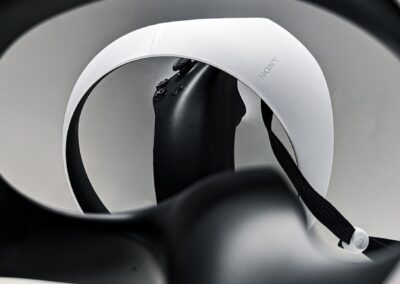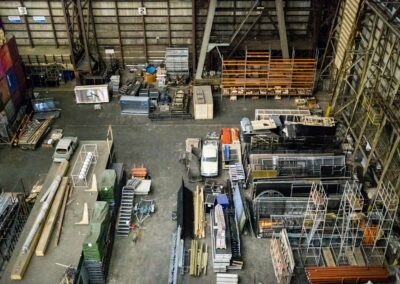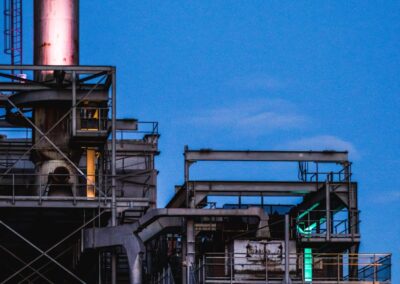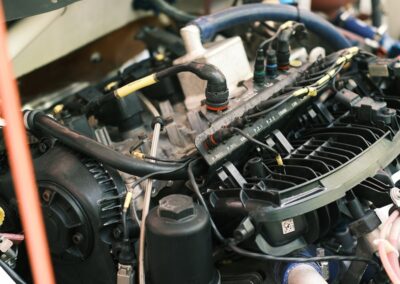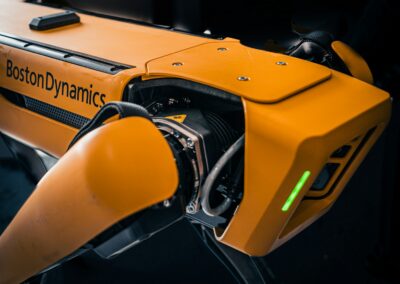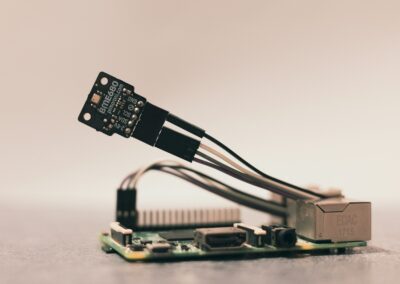Transforming Industrial Safety and Security with IoT
Real-Time Monitoring and Incident Prevention
The integration of IoT sensors in industrial environments has revolutionized safety and security measures, offering real-time monitoring and incident prevention capabilities. By deploying IoT sensors throughout industrial facilities, companies can continuously track various environmental parameters, machinery conditions, and personnel movements. This constant vigilance is crucial in ensuring that potential hazards are identified and mitigated before they escalate into serious incidents. In industrial hubs like Riyadh and Dubai, where large-scale manufacturing and production activities are prevalent, the adoption of IoT technology enhances operational safety and protects both workers and assets.
For example, IoT sensors can detect fluctuations in temperature, pressure, or humidity levels, which might indicate malfunctioning equipment or hazardous conditions. These sensors can trigger automatic alerts to maintenance teams, allowing for immediate corrective actions. This proactive approach not only prevents accidents but also ensures the longevity and reliability of industrial equipment. By leveraging IoT-enabled sensors, industries in Saudi Arabia and the UAE can maintain high safety standards and comply with stringent regulatory requirements.
Enhancing Workforce Safety Through Wearable IoT Devices
Wearable IoT devices are another innovative application of IoT technology in enhancing industrial safety. These devices, which can be worn by workers, monitor vital signs, detect hazardous exposures, and track movements within the industrial site. In environments where safety is paramount, such as construction sites or chemical plants, wearable IoT devices provide an additional layer of protection for the workforce.
For instance, wearable sensors can monitor workers’ heart rates, body temperatures, and exposure to harmful gases. If any abnormal readings are detected, the system can alert the worker and the safety team, enabling prompt medical intervention or evacuation if necessary. This real-time monitoring capability is particularly valuable in remote or high-risk areas where immediate medical assistance might not be readily available. In Dubai and Riyadh, industries adopting wearable IoT technology can significantly enhance their safety protocols and ensure a safer working environment for their employees.
Strengthening Security with Smart Surveillance Systems
IoT-enabled sensors also play a critical role in strengthening security within industrial environments. Smart surveillance systems equipped with IoT sensors can monitor premises, detect unauthorized access, and alert security personnel in real-time. These systems integrate various sensors, including motion detectors, cameras, and biometric scanners, to provide comprehensive security coverage.
In industrial zones across Saudi Arabia and the UAE, where safeguarding sensitive information and valuable assets is crucial, IoT-enabled security systems offer robust protection. For example, IoT cameras with facial recognition capabilities can monitor entry points, ensuring that only authorized personnel have access to restricted areas. Motion sensors can detect unusual movements during off-hours, triggering alarms and notifying security teams. By leveraging smart surveillance, industrial facilities can prevent theft, vandalism, and unauthorized access, thereby maintaining a secure and controlled environment.
Driving Innovation and Leadership in Industrial Safety
Leveraging AI and Machine Learning for Predictive Safety
The integration of Artificial Intelligence (AI) and machine learning with IoT sensors is driving significant advancements in predictive safety management. AI algorithms can analyze data collected from IoT sensors to predict potential safety hazards and recommend preventive measures. This capability enables industries to move from reactive to proactive safety management, reducing the likelihood of accidents and enhancing overall operational safety.
In cities like Dubai and Riyadh, where industrial innovation is a key focus, AI-driven predictive safety solutions offer a competitive advantage. For instance, AI can analyze patterns in sensor data to identify early warning signs of equipment failure or structural weaknesses. By predicting these issues before they occur, industries can schedule maintenance and repairs, preventing costly downtime and ensuring continuous production. This advanced approach to safety management not only protects workers but also optimizes operational efficiency and productivity.
Enhancing Leadership and Project Management Skills
Effective leadership and project management are essential for the successful implementation of IoT-enabled safety systems in industrial environments. Leaders must oversee the integration of new technologies, manage change, and ensure that safety systems align with organizational goals. Executive coaching services provide valuable support to leaders in developing the skills necessary to navigate these challenges and drive successful IoT projects.
In the industrial sectors of Saudi Arabia and the UAE, executive coaching can help leaders understand the strategic benefits of IoT integration and develop plans for its implementation. By focusing on change management, strategic planning, and technology adoption, coaching services enable leaders to enhance their capabilities and lead their organizations toward improved safety and operational excellence. This investment in leadership development is crucial for maintaining a competitive edge and ensuring long-term success in an evolving industrial landscape.
Future-Proofing Industrial Safety with Scalable IoT Solutions
As industrial environments continue to evolve, it is essential to future-proof safety measures with scalable IoT solutions. Scalable IoT systems can adapt to increasing production demands, new technologies, and changing business requirements, ensuring that safety protocols remain effective and up-to-date.
In Dubai and Riyadh, where industrial growth is rapid, investing in scalable IoT solutions is key to sustaining safety and security standards. By implementing flexible and expandable systems, industries can stay ahead of technological trends and regulatory changes. This forward-thinking approach ensures that safety measures are not only optimized for current needs but also prepared for future advancements and challenges.
Conclusion
The integration of IoT-enabled sensors in industrial environments significantly enhances safety and security, offering real-time monitoring, predictive analytics, and advanced surveillance capabilities. By leveraging these technologies, industries in Saudi Arabia and the UAE can protect their workforce, assets, and operations, ensuring high safety standards and compliance with regulations. Through strong leadership, effective project management, and scalable solutions, industries can drive innovation and maintain a competitive edge in the ever-evolving industrial landscape.
—
#IoTSensors #IndustrialSafety #SecurityInIndustry #SmartManufacturing #AIInSafety #PredictiveSafety #LeadershipInIndustry #ProjectManagementInIndustry #ModernTechnology #IndustrialInnovation



